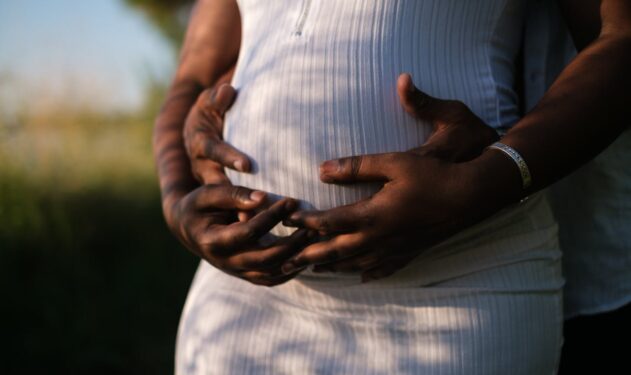Giving birth is a delicate and complicated process that requires the utmost care of the OB/GYN to ensure the safety of both mother and infant. Due to the negligence or error of the physician, however, otherwise preventable accidents can have terrible consequences. Over the years, the birth injury attorneys of Prochaska, Howell & Prochaska LLC have seen firsthand how these accidents have tragically changed the lives of families. We are dedicated to protecting the rights of both mother and infant, so families can receive fair compensation for their pain and suffering.
To better understand this terrible tragedy, let’s take a closer look at the most common types of birth injury
Bone Fractures
These can occur in the infant when a doctor incorrectly and/or forcibly delivers the baby. Most common cases involve damage to the collar bone. Bone fractures can result in temporary, long-term, or even terminal damage to the newborn.
Facial Paralysis
When the nerves in the infant’s face are damaged during delivery it can result in facial paralysis. This condition is sometimes temporary, but it can also be permanent.
Spinal Cord Injuries
Paralysis and nerve damage can occur during an improper forceps delivery. Excessive pulling of the baby’s head using forceps can result in a meningeal tear, or a traumatic injury to the spine.
Cerebral Palsy
Damage to the infant’s brain before or during birth can result in cerebral palsy. The infant may experience exaggerated reflexes, involuntary muscle movement, and difficulty with motor skills as they grow older.
Perinatal Asphyxia
This birth injury occurs when an infant doesn’t receive enough oxygen to the brain. It can result in severe damage to major organs such as the kidneys, lungs, liver, and heart. Perinatal Asphyxia is usually the result of the mother’s blood pressure dropping significantly before or during childbirth.
Cephalohematoma
When there is prolonged labor or an error in vacuum delivery, it can result in a blood hemorrhage in the newborn’s skull. Cephalohematoma can cause skull fractures, anemia, jaundice and other serious longterm health issues for the infant.








